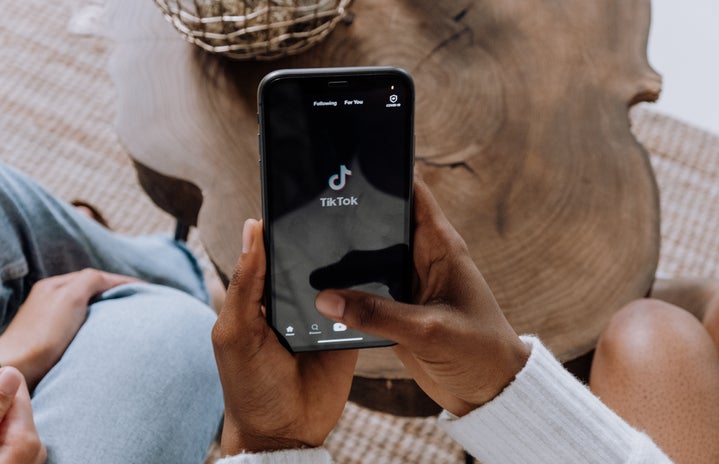What came off to be an innocent image or video shared on social media turns out to have deep-rooted links to minstrelsy and racism. Since the creation of GIFs and memes, digital blackface has always been concealed with humor. Now, it’s time to finally talk about it.
In the article, “We Need to Talk About Digital Blackface in Reaction GIFs,” Lauren Michele Jackson says digital blackface “is used to describe various types of minstrel performance that become available in cyberspace.” The act of performing digital blackface has been around since GIFs were created, but we are just now bringing it up in conversation since the upbringing of TikTok.
Rather than simply sharing a meme on social media, TikTok has allowed many people to use songs and sounds to make funny videos. Digital blackface is more prominent than ever as white people are dubbing over sounds of black creators, especially Megan Thee Stallion and Doja Cat. We tend to be oblivious to the act of digital blackface when we are scrolling for hours on end, but it is important to understand when white people are using it to caricaturize black creators. Madeline Howard, in Women’s Health magazine, explains that “digital blackface is problematic because it perpetuates negative stereotypes about Black people—namely that they’re typically overly-animated, loud, aggressive, angry, [and] hypersexual,” just to name a few. Feeding into these stereotypes about black people pushes us further back in time if they are categorized to be facetious; how can we be good allies if we are making it difficult for them to achieve political and social justice? Sure, sharing a video of Nicki Minaj or Donald Glover can be funny and perceived as harmless, but many internet trolls are twisting this innocence into using reactions of black people as mockery.
In most cases, digital blackface can be compared to a Jim Crow performance, but for someone who would rather use it as an alternate personality while they hide behind a screen. We see this in action a lot of the time when a white person uses the dark-skinned options for emojis to communicate a simple thumbs-up. Whether they think it is considered funny or cool to do it, it is a dangerous parallel to the humility black people faced in the early 19th century from minstrel shows. Regardless of the intentions of the white people who contribute to this issue are, using a black person’s reaction in a GIF as a white person has irrefutable similarities of when white people would perform in blackface for comedic effect.
During Black History Month, and the rest of the year, you must educate yourself and others on the topic and idea of digital blackface so we can halt it while we are ahead. Think about how you may be contributing to the problem and what you can do to make it right; ask yourself, why am I using this TikTok sound? Why did I pick this GIF/meme specifically? Since the term ‘digital blackface’ is still new, don’t be afraid to have conversations with friends and family about what it means and how they contributed to the problem in their last Facebook post. The future that lies ahead of digital blackface is uncertain, but developing an understanding of it is the first step to solving it.


